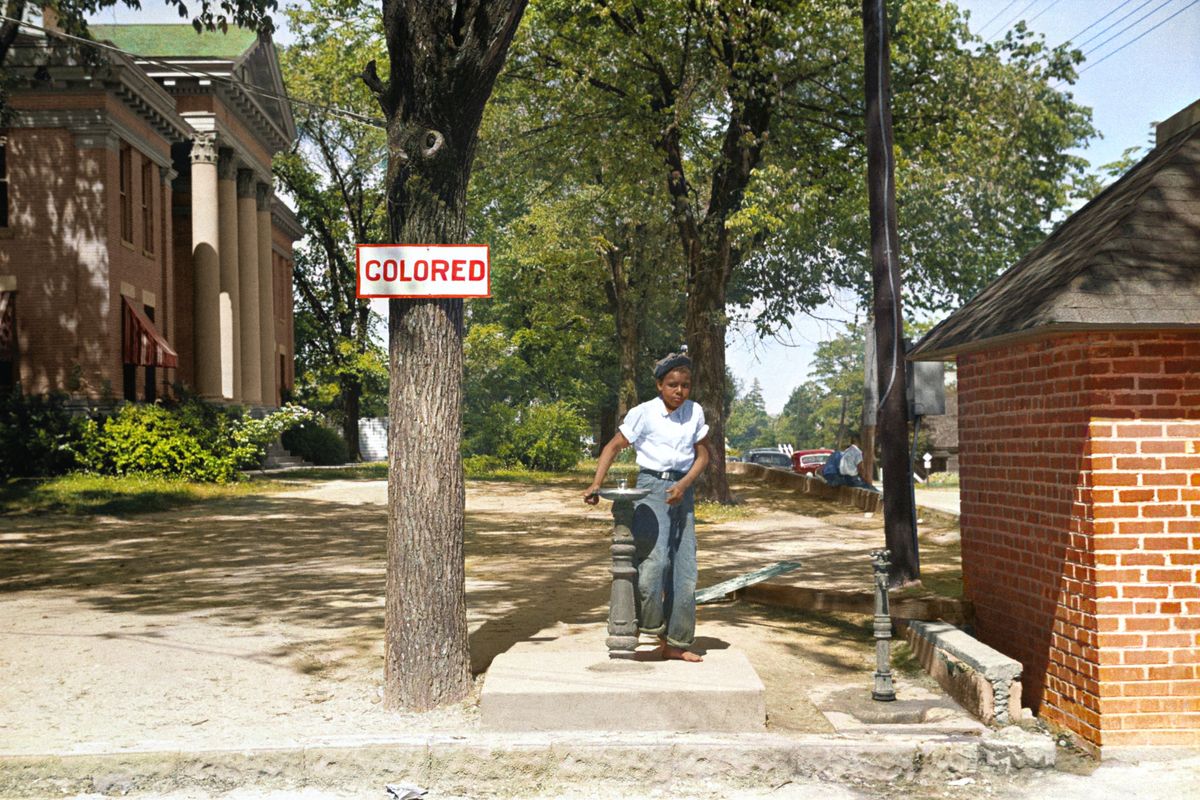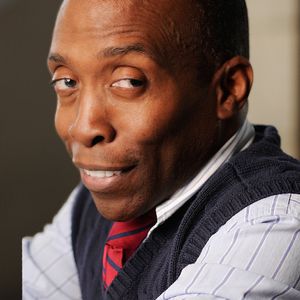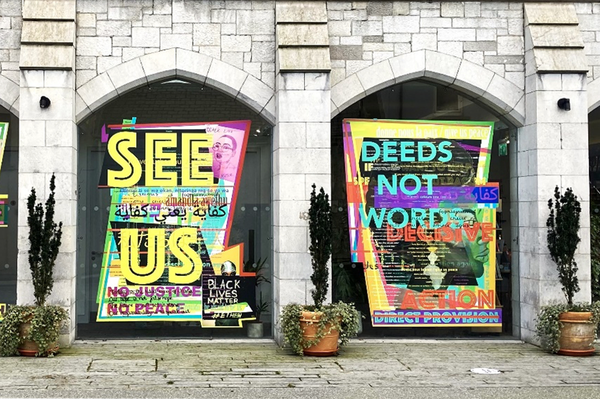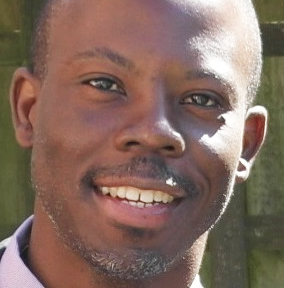dis·crim·i·na·tion noun
1. the unjust or prejudicial treatment of different categories of people, especially on the grounds of ethnicity, age, sex, disability, or sexual orientation
This story is based on the premise that people accept a certain amount of discrimination. Sometimes it’s accepted when they are the recipient, primarily when others are discriminated against. Discrimination will never end if we’ve learned to live with it. The question is when we draw the line and say no more.
Sometimes accepting discrimination comes down to money; how much are we willing to spend to eradicate it? An example would be persons with disabilities. In 1990, Congress passed the Americans With Disabilities Act, which generally extended rights to people with disabilities that were extended to others in the Civil Rights Act of 1964. It only applies to employers with fifteen or more workers. Large employers were required to modify their workplaces to not discriminate against those with certain handicaps. Smaller firms were allowed to continue excluding some people from their workforces for real financial concerns though it is still discrimination. A line was drawn as to what was acceptable and what was not.
Other times it’s political; a certain amount of racism is allowed to achieve a political goal. The Supreme Court overlooks racism in looking at gerrymandering and redistricting. There can be a clear racist result, but if racism cannot be shown as the primary motivation, it’s acceptable. The same is true with other forms of voter suppression; discrimination is not only accepted, there’s a race to keep testing the line to see how far they can go.
You can’t even legislate against racism. Some people have forgotten that affirmative action is the response to racism, not racism itself. There is no mechanism designed to counteract racism and discrimination that isn’t attacked as reverse racism against white people. The one variation is the fake concern for Asian people by people that don’t give a damn about qualified Asian people having a hard time getting admitted into Harvard and elsewhere. They are having a hard time because minorities have to fight among themselves for a limited number of slots while the son of a graduate with a C average gets right in.
I’ve been talking about systemic forms of discrimination; individual discrimination is seemingly on the rise. It can be debated that public discrimination/racism has become more acceptable in the last fifteen years. Barack Obama exposed it, Donald Trump celebrated it, and Ron DeSantis and others see discrimination as the route to power. The Klan marches without their hoods, and Nazi flags are waved on public streets. This isn’t progress.
People have been trained to look away from discrimination, especially when it’s happening to someone else. Discrimination against themselves is unacceptable, but if the party discriminated against is LGBTQ, obese, or a racial minority, it’s simpler to turn one’s head. There are occasional events that call discrimination into focus, but inevitably, ignoring it is the norm. That excludes those who intentionally perpetuate it for some political or economic goal or from dislike or hatred of “others.”
It’s become acceptable in far too many circles to discriminate. Those circles used to be smaller but have engulfed whole political parties at one time or another. The solution has always been to pull it out by the roots whenever we see it, like crabgrass. But if you don’t get the root and tear it off, the crabgrass will return.
My childhood experience in my mother’s yard suggests that standing tall and occasionally reaching down is a half-hearted effort. You have to get on your knees and look closely to get it all. It has to be a regular effort, not once a month or even a week; daily works best. And if you persevere, you’ll look up one day and have a beautiful lawn, possibly even shame your neighbors to do the same—food for thought.












